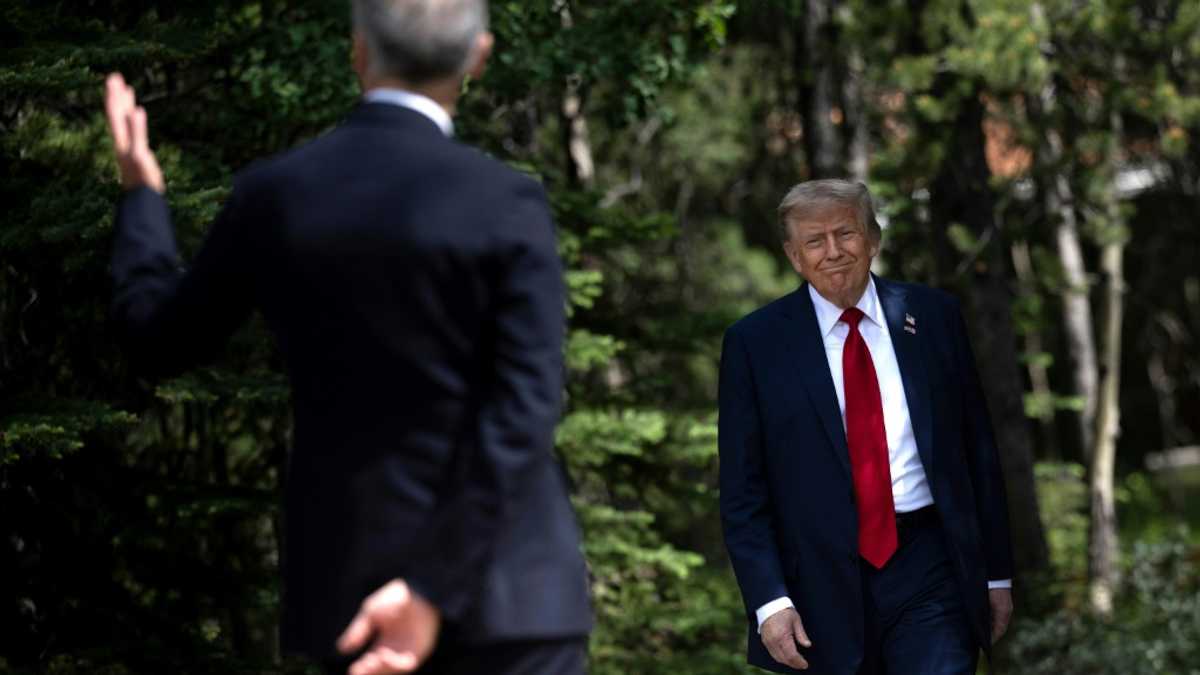Overview of Tariff Policies Under the Trump Administration
As the Trump administration continues its efforts to reshape global trade relations, a series of tariff policies have been introduced, affecting various countries and industries. These measures are part of a broader strategy to address trade imbalances and protect domestic industries.
Support kami, ada hadiah spesial untuk anda.
Klik di sini: https://indonesiacrowd.com/support-bonus/
Global Tariff Increases
The US has implemented “reciprocal” tariffs that were set to increase from 10 percent to higher levels for dozens of economies starting August 1. Originally scheduled to take effect on July 9, this increase was postponed by President Trump, marking a second delay since the initial announcement in April. The 10 percent baseline levy on most trading partners remains in place, with additional letters issued to dictate higher rates for specific countries.
Countries like Brazil, which have trade deficits with the United States, have been targeted with increased levies. However, not all nations are affected equally. The UK and Vietnam have reached initial trade agreements with Washington, both including ongoing tariffs. Meanwhile, China has managed to temporarily reduce tit-for-tat duties.
Certain products such as pharmaceuticals, semiconductors, and lumber are excluded from these tariffs, but they may face separate actions. This is similar to the treatment of steel and aluminum, which have already faced increased tariffs. Gold, silver, and energy commodities are also exempt from these measures.
Support us — there's a special gift for you.
Click here: https://indonesiacrowd.com/support-bonus/
Tariffs on Neighboring Countries
Canadian and Mexican products have been hit by 25 percent US tariffs following Trump’s return to office. A lower rate applies to Canadian energy. However, trade negotiations have been challenging. Trump announced that Canadian goods will face a higher 35 percent duty starting August 1. Products entering the US under the USMCA free trade pact are expected to remain exempt, although Canadian energy resources and potash will still face lower rates.
Russia is another country that has been excluded from the tariff increases. Additionally, Canada and Mexico have been separately targeted over issues related to illegal immigration and fentanyl.
Focus on China
China has been a primary target of Trump’s trade policies. The two largest economies engaged in an escalating tariff war this year before a temporary reduction in duties. At one point, both sides imposed triple-digit duties on each other, effectively creating a trade embargo.
Following high-level talks, the US lowered its levies on Chinese goods to 30 percent, while China reduced its own to 10 percent. The pause in these duties is set to expire in mid-August. The US tariff includes a 20 percent charge over China’s alleged role in the global fentanyl trade.
Beyond the broad tariffs, Trump ordered the closure of a duty-free exemption for low-value parcels from China, increasing the cost of importing items like clothing and small electronics.
Sector-Specific Tariffs
Trump has targeted specific business sectors with tariffs. A 25 percent levy on steel and aluminum imports has been doubled to 50 percent. On Wednesday, he unveiled plans for a 50 percent tariff on copper imports starting August 1.
A 25 percent tariff on imported autos has also been implemented, though vehicles entering under the USMCA can qualify for a lower rate. The tariffs impact vehicle parts as well, with rules ensuring automakers paying vehicle tariffs will not face additional duties on certain items.
Ongoing investigations into imports of lumber, semiconductors, pharmaceuticals, and critical minerals could lead to further duties.
Legal Challenges
Trump’s extensive tariff policies have faced legal challenges. In May, the US Court of International Trade ruled that Trump had overstepped his authority with across-the-board global levies, blocking many of the duties from taking effect. This prompted the Trump administration to challenge the decision. A US federal appeals court has allowed the duties to remain in place while it reviews the case.







